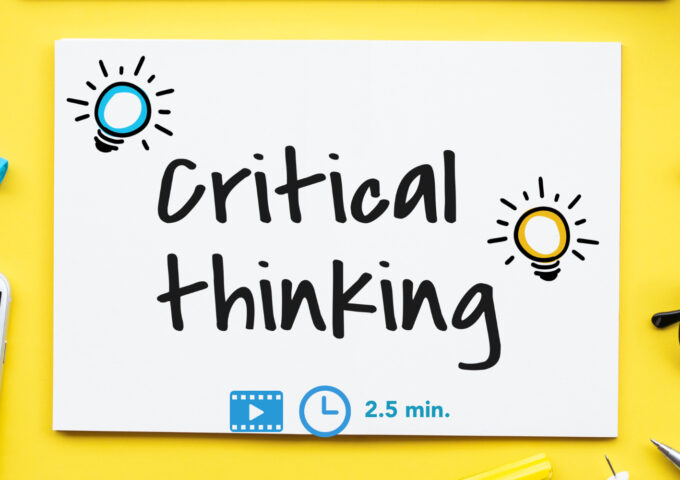
WATCH: How to Decode and Influence Motivation
Today, I’d like to talk about ‘Motivation’. But a particular type of motivation, ‘The Direction of Motivation’. Because there are two primary drivers in our brains. There’s two things that will drive most of our behaviour most of the time.
Primary Drivers
And, it’s either ‘Seeking Pleasure’ or ‘Avoiding Pain’. And that’s something that’s just driven into us as human beings. That’s a primary focus for us, more pleasure and avoid pain. If we can do that, then we’re generally pretty happy. So, actually we can begin to notice that certain people in certain contexts. Will be more ‘Driven towards Goals’ are more ‘Driven away from Problems’.
It goes with certain jobs. For example, a lot of leaders of businesses especially, small entrepreneurial businesses are super goal focused. They just want to be able to get their goals. They’re not interested in hearing their problems or things that won’t work. That’s just like, “Hey, you’re a naysayer, you’re an anchor. What we need is this”. But then the finance departments are often very problem oriented. They go like, “Whoa, we need to save money and we need to avoid this and avoid that. Because that mistake could lose us a lot of money”.
It’s all about protecting the business from problems. And, that can cause a lot of tension. And you can hear it in people’s language.
Focus of Attention
So, when people start to talk about a lot of things they don’t want. You need to be recognizing in that context, they’re ‘away from’ in their motivation. And, then you need to engage and influence them by using language that will resonate with them.
So, for example, if I’ve got two teenagers. And, let’s say one is very ‘towards’ and the other is very ‘away from’. If I want them to do their homework before going to bed. To the ‘towards’ one, I might say something like, “If you do your homework, you’ll be able to play on your games, your computer games, before you go to bed”. So, if you do this, then you will get that. But the other one who’s ‘away from’ oriented.
I’ll say, “well, if you don’t do your homework, you won’t be able to play your computer games before you go to bed”. And that will be a primary motivator for each of them. Because, if I use the language “Oh, you won’t be able to do this, if you don’t do that” to the goal-oriented person. They’ll go like, “Why are you being such a pain”. Because, they want to focus on what they want. With the same with the others they want to know what problems they can avoid. And then go “Yeah, I really don’t want that”.
So, when it comes to Motivation. Stay Curious!
I would be interested to hear your thoughts and opinions about any of the above so drop me a line at david@Talent4Performance.co.uk.
Or to learn more about our Live-facilitated Online interactive experiences visit our New Webpage.
Remember . . . Stay Curious!
With best regards,
David Klaasen
Need help motivating your leaders? Get in contact with Talent4Performance.
Schedule a FREE 30-minute CONSULTATION with David Klaasen
Talent4Performance help business leaders clarify complexity. We inspire people and drive continuous performance improvement, so they can convert thinking into action and results.
©David Klaasen – 2014



